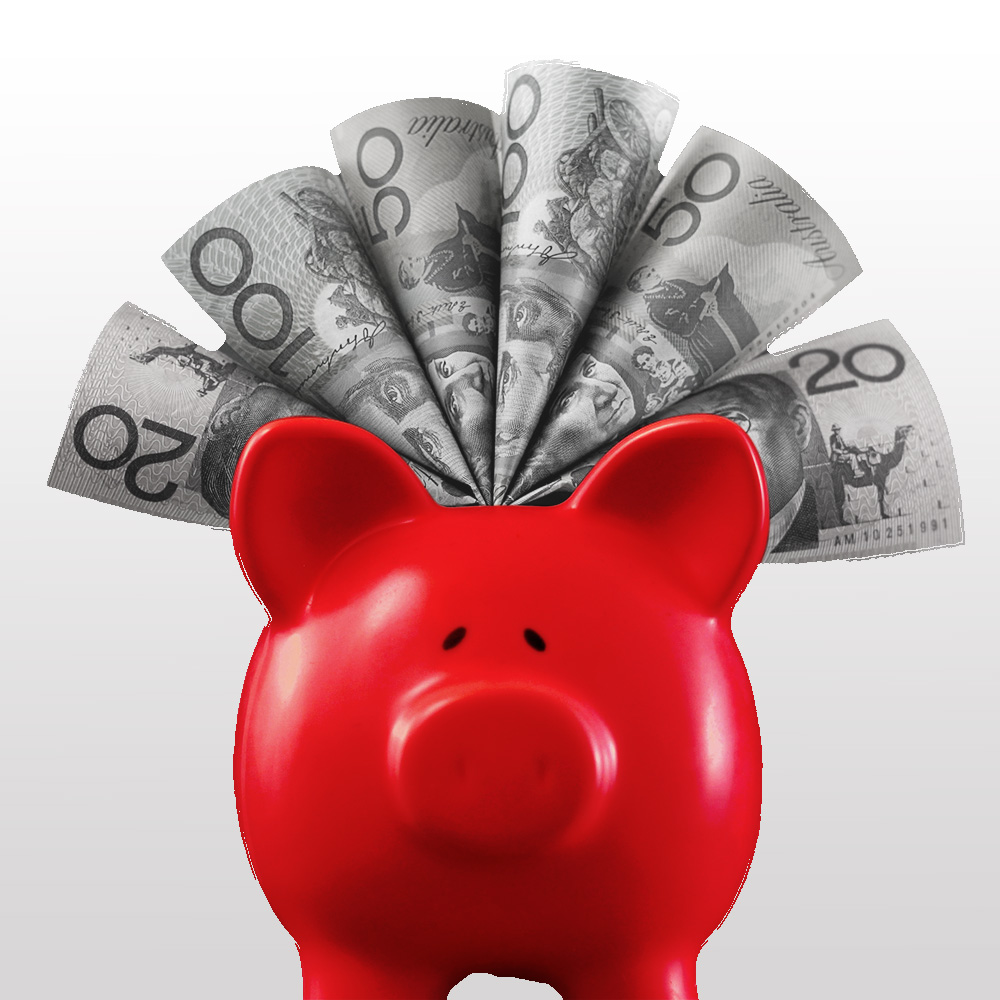
In this latest article from Orbis, first published on 1 March 2024, the team discusses dividends and the important role they play when it comes to stock selection.
A business is worth the cash an owner can get from it, and there are two ways to get that cash: through the mail or through a sale. Collect a dividend payment, or sell the ownership or assets of the company.
Over the life cycle of a business, investors who might someday sell its stock must guess what others might pay for it. An early investor might dream of the company’s addressable market, but they must look to the second investor, who may speculate about its sales. The second investor must think of the third, who may predict its path to profits. And that investor must consider the next one, who may estimate earnings or forecast free cash flow.
We love looking at free cash flow. Yet cash does little good if it is stashed or squandered, and if you don’t control the business, you can’t sell it outright, you can’t sell its assets, and you can’t set its payout policy.
But if you owned the whole thing, you could always demand dividends.
It is the perspective of this owner—no matter how hypothetical or far in the future they may be—that determines the intrinsic value of the business. No matter how many times the shares of a company change hands, its eventual potential to pay dividends is what ultimately determines its worth.
Dividends tell you something about a business. If it pays out, it is probably profitable, but looking at earnings or cash flow could tell you that. Dividends also tell you that its lenders haven’t pressed to prevent cash from leaving the building, and that its leaders care enough about minority shareholders to reward them.
So as minority shareholders, while we love looking at free cash flow, we like looking at dividends too. Historically, that’s often been a rewarding approach. In the US, Europe, and Japan, shares with high dividend yields have outperformed their wider stockmarkets over the very long term.
Like any lone metric, a company’s dividend is understood best if you deeply understand the business. An exceptionally high yield (dividend per share divided by share price) may presage a dividend cut—this is partly why stocks with pretty high yields have (on average) outperformed those with the very highest yields. High payouts might also tell you that a company can’t find enough attractive projects to invest in, limiting its growth.
Growth is a competing use for cash, and if a company can reinvest in projects with attractive returns on capital, they usually should. Companies can also repurchase their own shares—buybacks have long eclipsed dividends as the preferred way to return cash to shareholders in the US, helped by tax efficiencies.
Some buybacks are better than others, however. When a company buys their own shares at a deep discount to intrinsic value, as XPO Logistics memorably did following a shoddy short-seller attack in 2018, buybacks can create enormous value. For companies like the many in Japan trading for less than 1.0 times book value, exchanging one dollar of cash for more than one dollar of book value mechanically boosts book value per share and almost-as-assuredly lifts returns on equity. For any company, buybacks may make sense if the return on capital already employed looks better than the return on new projects. But companies can also overpay for their own shares, and buybacks provide a tempting way for executives to hit per-share bonus targets or distract from share-based compensation to their colleagues.
Dividends are simpler, and they have much to recommend them. They tend to grow more quickly than inflation, which helps to protect real returns. Many companies treat dividends as sacrosanct, so dividends can persist through profit wobbles, and high yields are hard for investors to ignore. A stock trading at 10 times earnings may drop to 5 times with little fanfare, but if a stock yielding 5% halves in price, its 10% yield will attract lots of curious eyes.
Put those traits together, and shares with high yields can reduce both return and forecast risk. On the return side, high-yielding companies in the US, Japan, and Europe have historically suffered shallower drawdowns and less volatility than wider stockmarkets. On the forecasting side, dividends are often the most predictable part of a company’s expected return. That is important, as growth forecasts for many years into the future can be off by an inch or a mile.
Recently, we’ve found many compelling ideas with high dividend yields, including several of the companies discussed last month. Across the Orbis Strategies, every portfolio currently has a higher yield than its benchmark. Not that every holding pays a dividend—many don’t, and for most of those we support the company’s decision to reinvest instead. Some companies pay out a little, but can and should pay more.
Yet over a dozen of our holdings offer dividend yields above 5%, with payouts we believe are sustainable. Some pay out cash through both dividends and buybacks, pushing their “all-in” yields to 10% or higher. These are generally mature companies that have managed to grow by at least 5% per annum over many years. Which begs a question: if you can underwrite 15% expected returns with pedestrian assumptions, why bet on predictions for fifteen years in the future?
Financial advisers can contact their local Business Development Manager to learn more about the Orbis funds.


